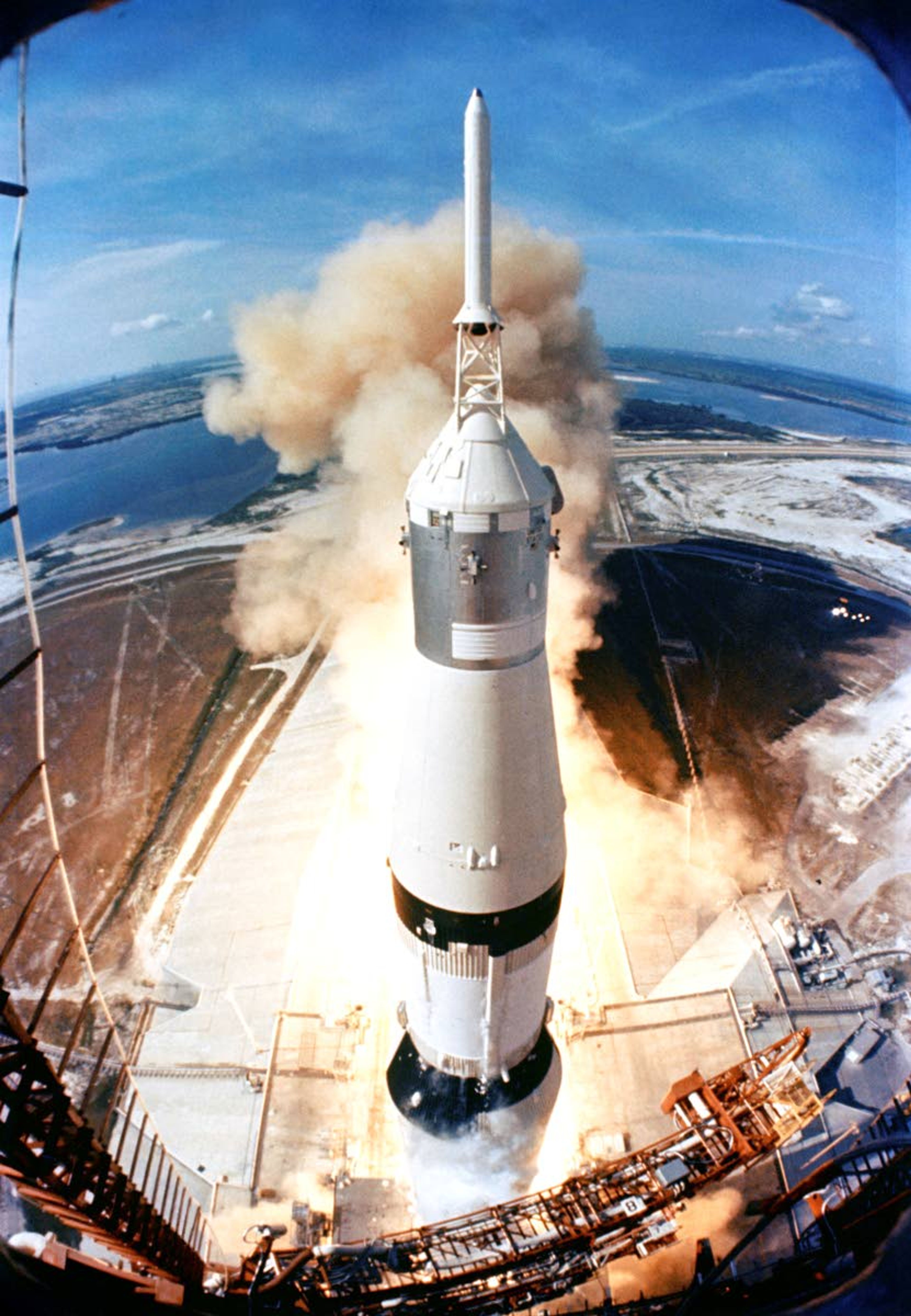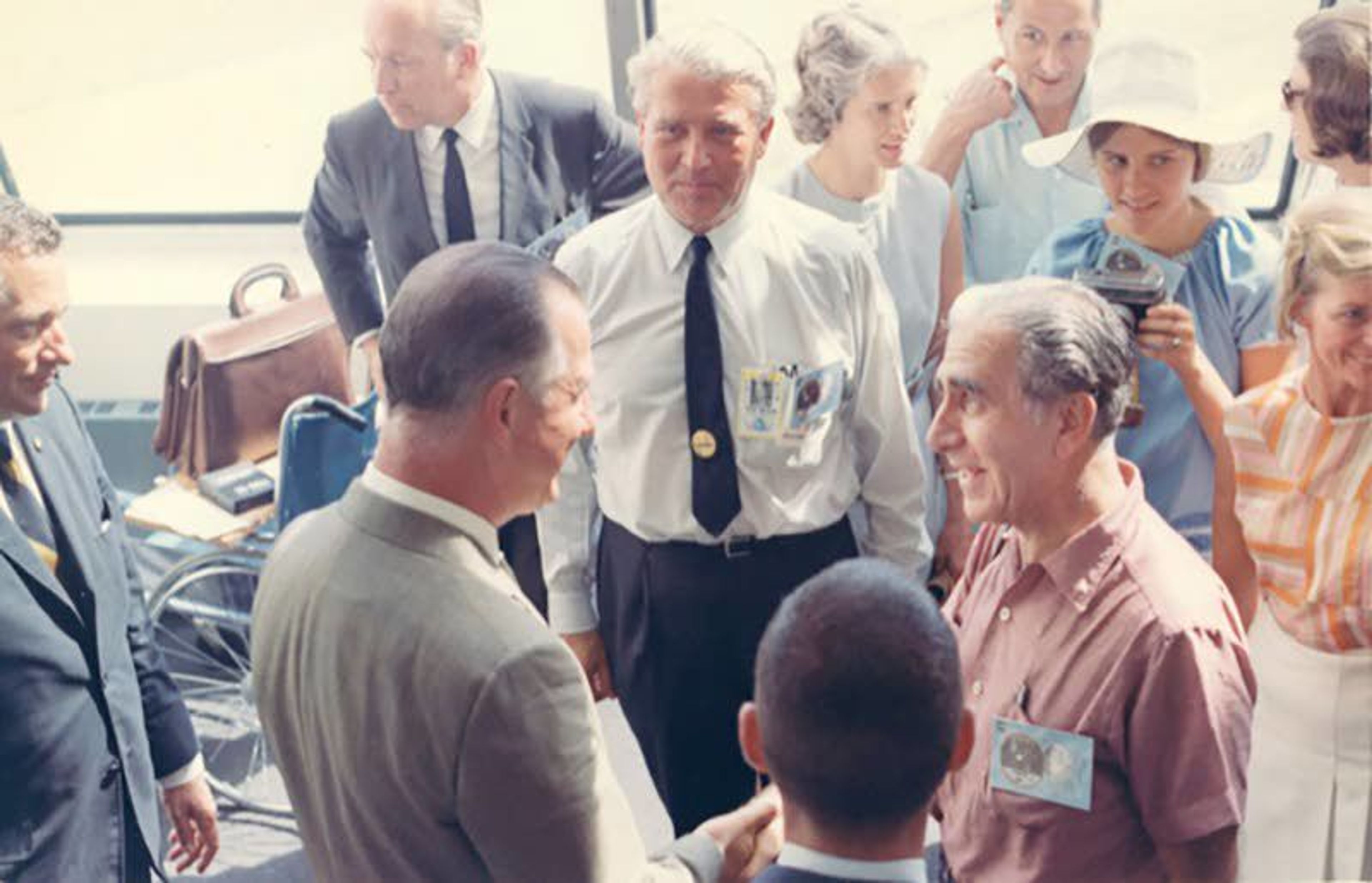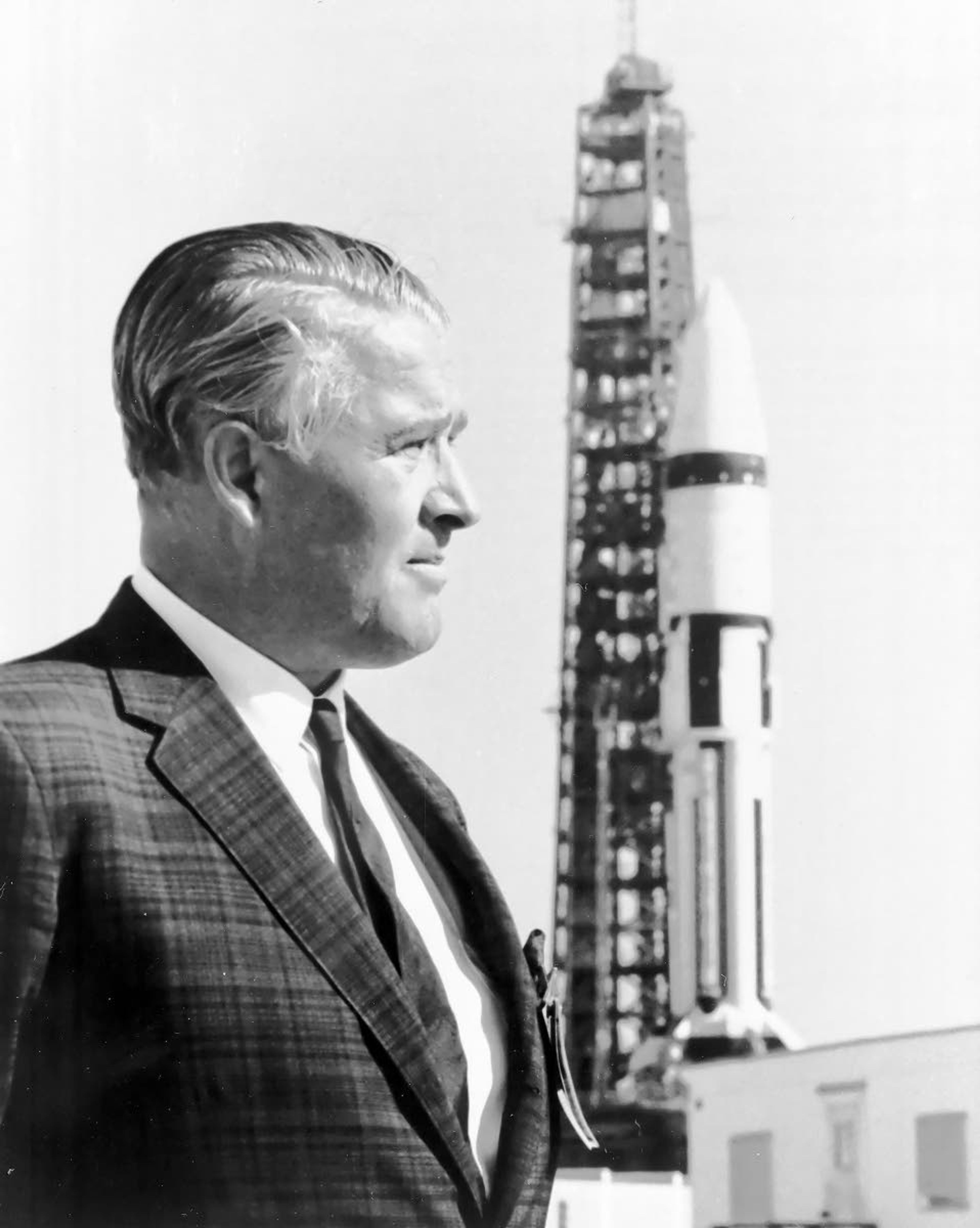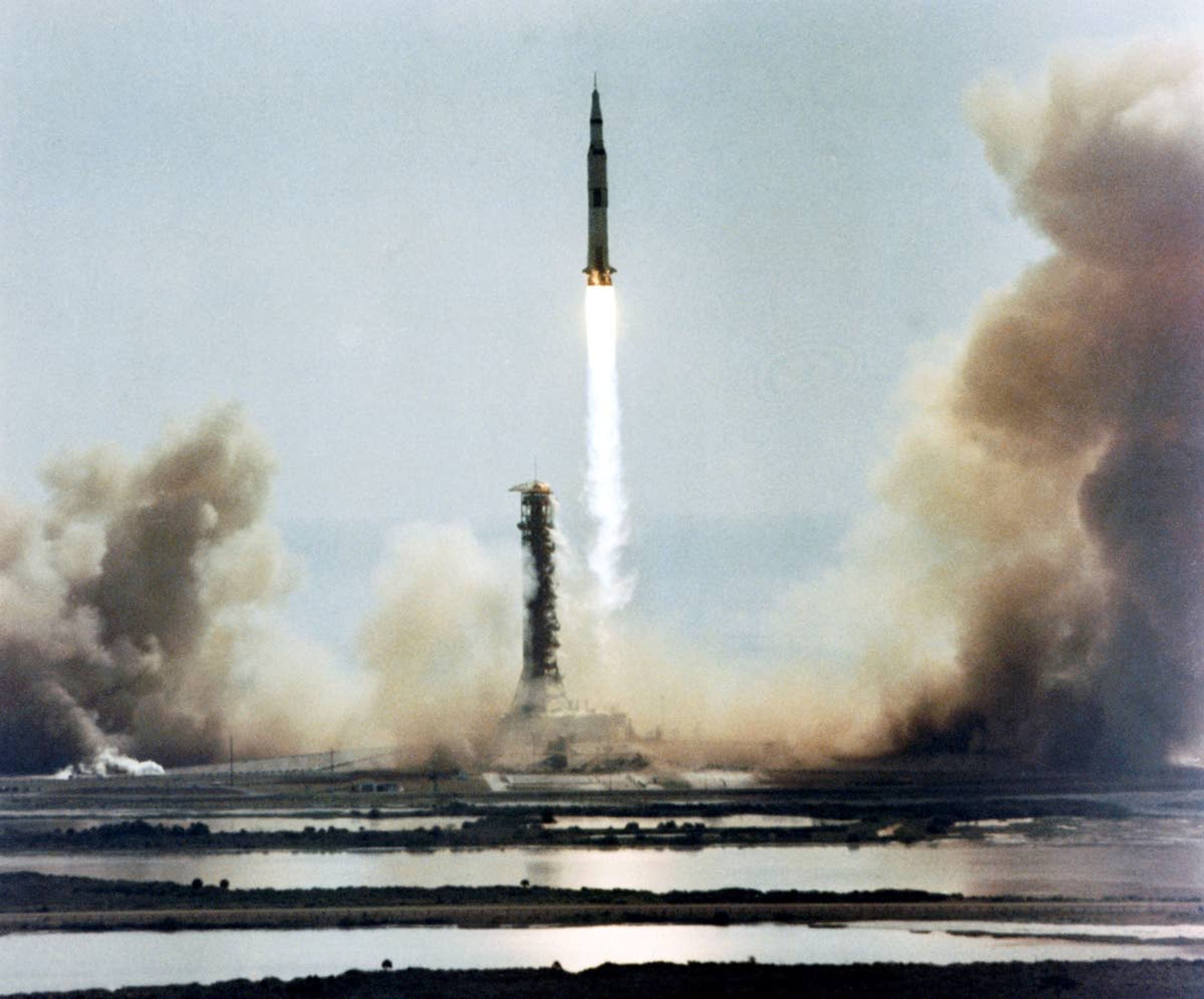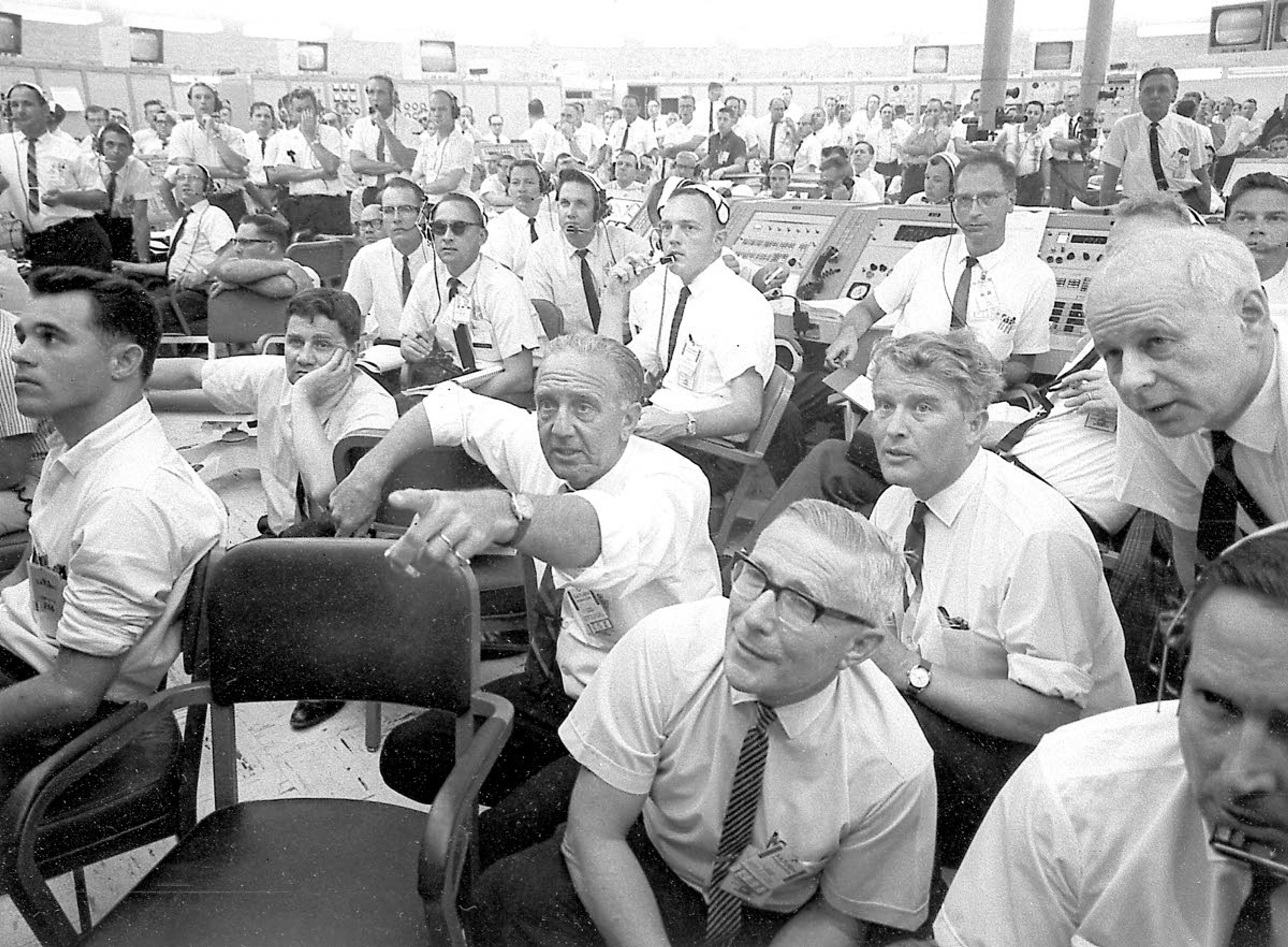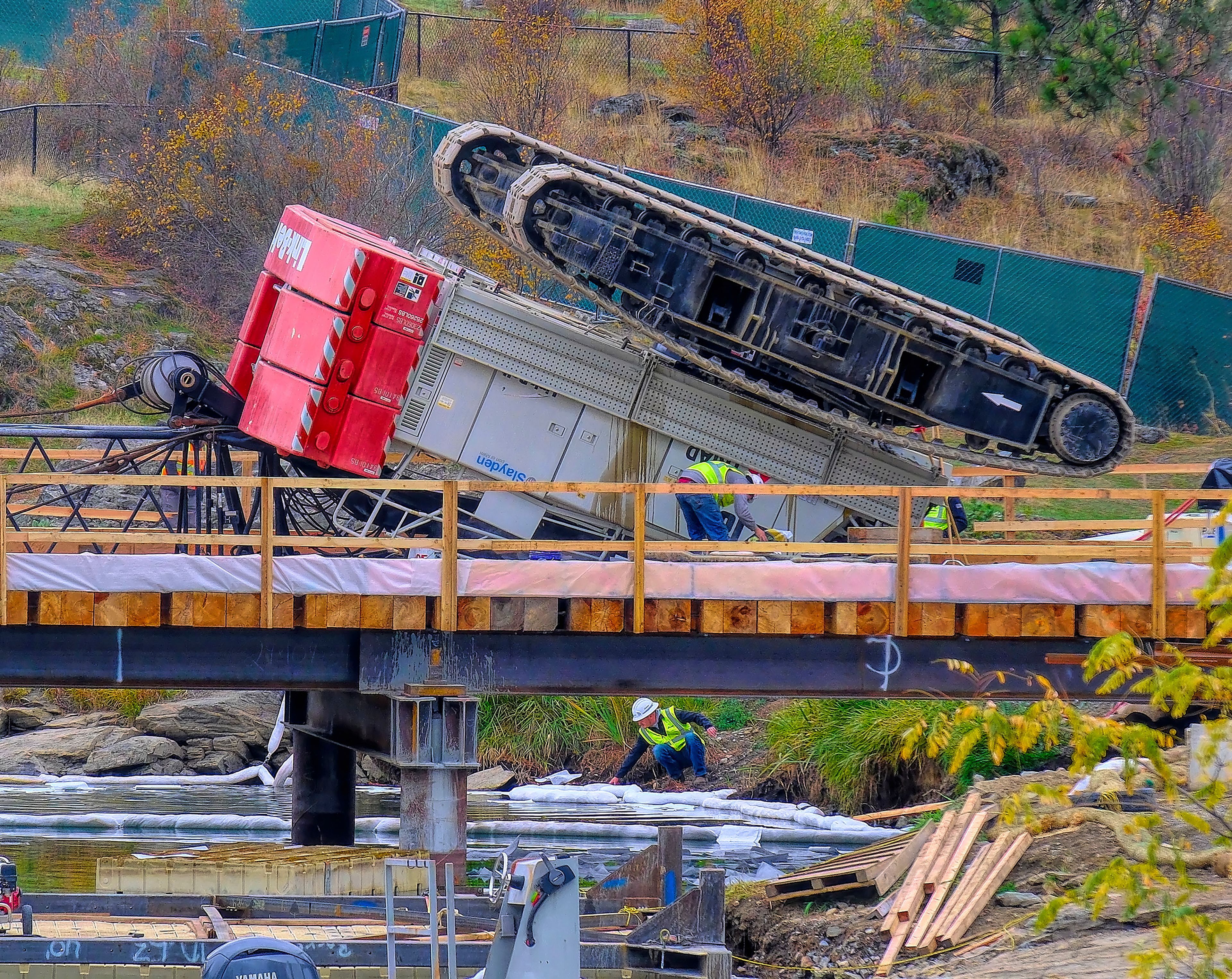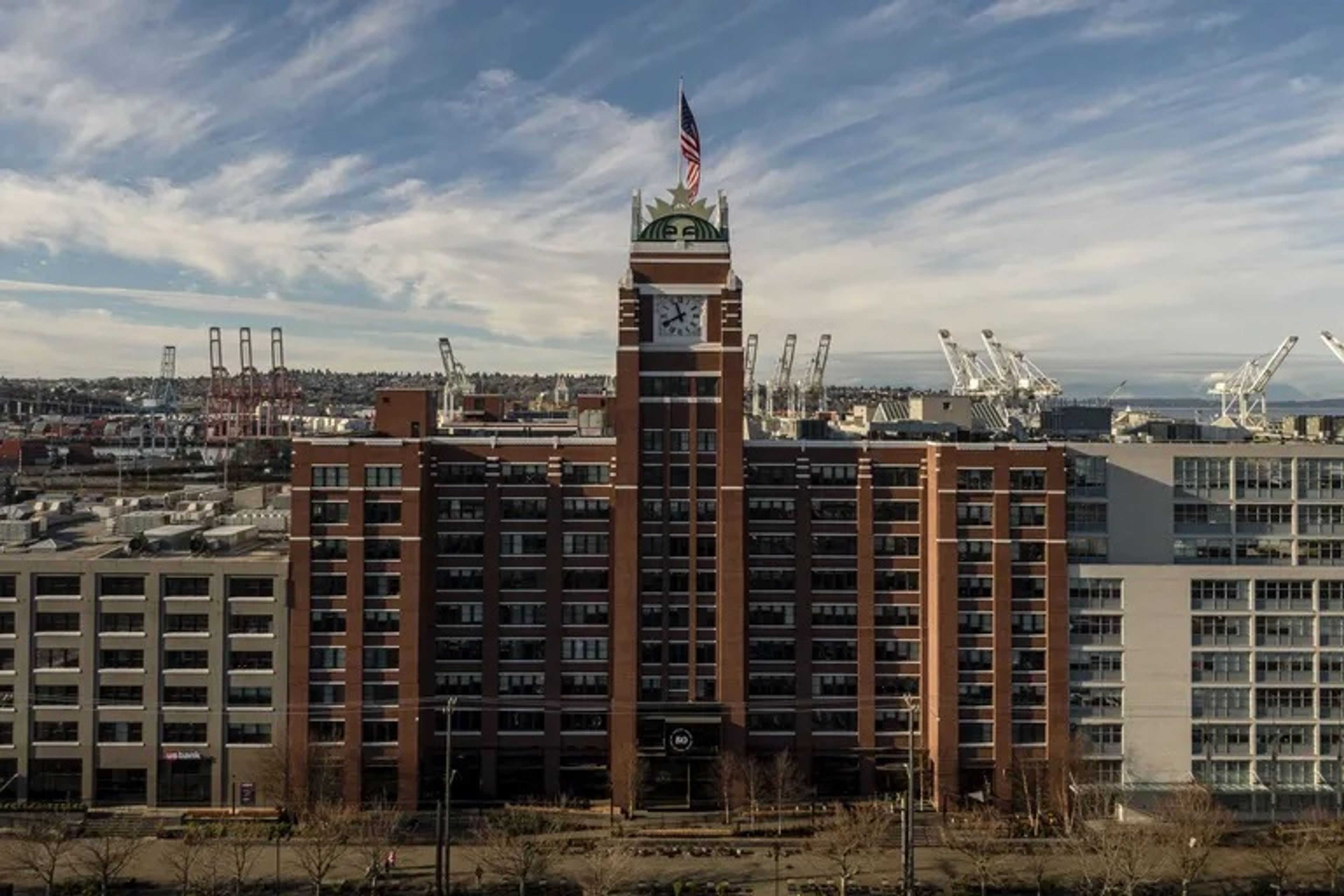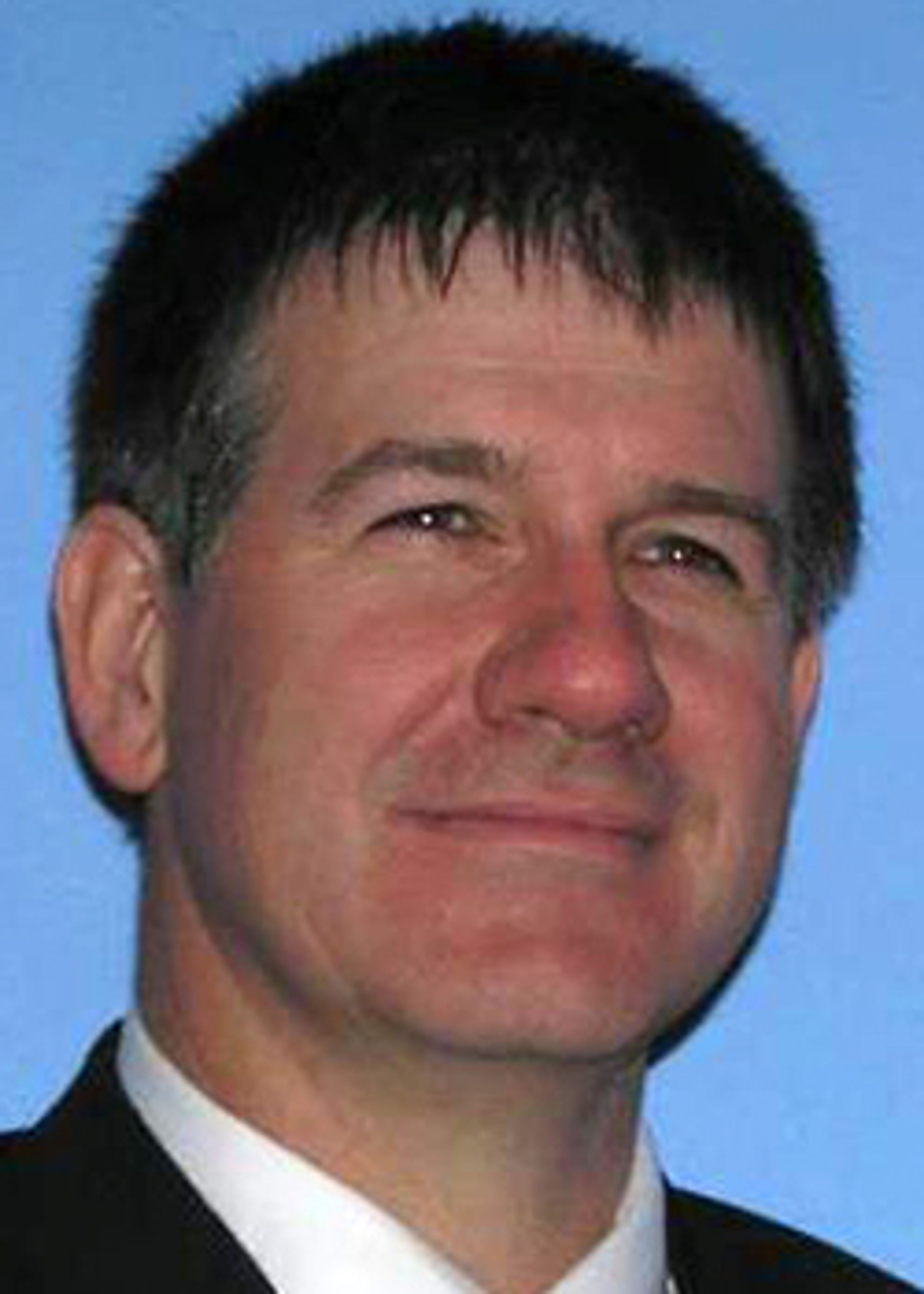Lunar landing legacy
Daughter of rocket engineer that powered first mission to the moon reflects on 50-year anniversary of Apollo 11
Fifty years after watching the Apollo 11 moon launch, the power and noise are what Margrit von Braun remembers most.
She was at Cape Canaveral for the 1969 liftoff, along with her mother and father — rocket engineer Wernher von Braun.
“It was the first launch I’d seen,” recalled von Braun, an environmental engineer and former University of Idaho faculty member who has lived in Moscow since 1980.
Von Braun grew up in Huntsville, Ala., where her father was director of the Marshall Space Flight Center. The NASA agency led the development of the Saturn V, the Apollo launch vehicle, which at 363 feet tall remains the tallest, most powerful rocket ever built.
Weighing in at 6.5 million pounds when fully fueled, the Saturn V produced more than 7.6 million pounds of thrust — enough to shatter windows miles away and send a trio of astronauts into orbit.
“It was mind-blowing,” von Braun said of the Apollo 11 launch. “There really aren’t words to describe the noise and the shaking.”
Each of the Saturn V’s five stage 1 engines burn nearly 5,700 pounds of fuel per second. In slow-motion videos, the flames look like a nuclear cauldron on the surface of the sun. The shock waves didn’t just rock viewing stands 3 miles away; they staggered the earth. You could feel them in your bones.
“The liftoff was unbelievable,” von Braun said. “It looked like it took a long time to clear the launching pad, because the rocket was so huge. Then, all of a sudden, it was gone.”
Aiming for the stars
For von Braun’s father, send-ing man into space was a goal he’d worked toward his entire adult life.
According to his official NASA biography, Wernher von Braun “became fascinated with the possibilities of space exploration” as a boy. Born in Germany in 1912, he devoured the writings of Jules Verne and H.G. Wells. He also credited rocket engineer Hermann Oberth, author of “By Rocket to Space,” with inspiring him to learn calculus and physics.
However, his dream wasn’t to reach the moon.
“His real goal was Mars,” said von Braun, who was in Huntsville this past week for the 50th anniversary celebration of the Apollo 11 mission. “He saw the moon as a staging point for traveling to Mars. I think he’d be surprised and disappointed at how little we’ve done to explore space (since the Apollo missions ended in 1972).”
As a young man, her father studied mechanical engineering in college and later did graduate work on rocket propulsion. That brought him to the attention of the Nazi Party, which came to power in 1932.
Von Braun joined the party in 1937, and subsequently played a central role in the German army’s rocket weaponry program. That included development of the V-2 rocket, the first guided ballistic missile, which killed thousands of civilians and military personnel during the waning stages of World War II. Thousands of concentration camp prisoners and forced laborers also died while building the weapon.
Von Braun spent much of the rest of his life downplaying his involvement with the Nazis and the German war effort. He surrendered to American forces in 1945. Together with hundreds of other engineers and technicians, he was resettled at Fort Bliss, Texas, where they helped jump-start America’s post-WWII ballistic missile program.
The cadre relocated to Huntsville in 1950. Margrit was born there in 1952.
A presumption of success
Although von Braun and his fellow engineers continued to develop new rockets, it wasn’t until the Soviet Union launched the Sputnik satellite in 1957 that America got serious about its space program. The Marshall Space Flight Center opened in 1958, with von Braun as its first director, and suddenly Huntsville was Rocket City, USA.
Growing up in the midst of it all, Margrit von Braun said she took the activity for granted.
“Looking back now, I realize what a big accomplishment it was. I think, ‘Why didn’t I keep a better diary,’ ” she said during a telephone interview from Huntsville. “But it was just our life growing up here. There was this presumption of success; it was just assumed we’d do this, and then this, and then go to the moon and then on to Mars.”
During much of this period, her father traveled the country, drumming up support for the space program. He’d talk to anyone — Boy Scout troops, bridge clubs, Rotary groups — pushing the idea of space exploration.
Despite the hectic schedule, though, von Braun said her father remained “very attentive” to his family.
“I didn’t feel short-changed,” she said. “He was the kind of person, when you were with him, it was like you were the only person in the room. He was very engaged with whoever he was with.”
He also made a point of taking solo trips with each of his three children. He and Margrit, for example, went on a scuba diving vacation in Mexico.
“I think we had a pretty normal childhood,” she said. “In those days it was easier to maintain a private life. But there were certain public events where we knew we had to behave, or we’d get in trouble with Mom.”
Off the edge of the world
As the moon launch approached, privacy became a scarce commodity — particularly for the Apollo 11 astronauts and their families.
After years of preparation and incremental steps, public interest in finally reaching the goal of landing men on the moon was at its peak. There were near-daily news stories about the mission for weeks ahead of the July 16, 1969, launch. Nearly 200 ambassadors and foreign science ministers asked to attend the event, along with 240 congressmen, 42 U.S. senators and 19 governors.
Vice President Spiro Agnew would be there as well, together with former President and first lady Lyndon and Lady Bird Johnson. Reporters estimated that nearly 1 million people planned to be at Cape Canaveral to see the launch in person, while upward of 500 million people worldwide would watch on television.
“This is a momentous week,” noted Lewiston Morning Tribune editorial writer Bill Hall, in a July 13 column. “Within the next seven days, explorers will go where only poets have gone before. Man will land on the moon and take his first delicate walk across its timeless cinders.”
Never before had so many people watched an event and been so keenly aware of its historical significance, Hall continued. “And that’s the thrill of it. Lindbergh flew alone. Columbus sailed with only a handful of men … (but) the men of Apollo 11 will sail off the edge of the world with all mankind aboard, each one holding his breath until they reach the edge of the next world.”
“It drew humanity together,” recalled von Braun. “I’ve gotten to know quite a few contractors who worked on the (Saturn V) program with Dad, and the thing that stands out is how much every person knew what they were doing mattered. It’s still mind-boggling. It was a testament to what humans can accomplish when they work together — and that’s what we’re here celebrating, 50 years later.”
A planet in trouble
For Margrit von Braun and her siblings, the 50th anniversary of Apollo 11 is an opportunity to reflect on their father’s legacy, and to take pride in the mission that he, President John F. Kennedy and others set in motion.
“This was always his dream, and when the German scientists and engineers came to America, it was a way to fulfill that dream,” she said. “It’s wonderful that he lived to see it happen.”
The Apollo missions also influenced the direction her own life took.
After earning a degree from the Georgia Institute of Technology, von Braun worked for the U.S. Environmental Protection Agency for a few years before joining the University of Idaho faculty. She helped found and directed the school’s environmental science and environmental engineering programs, and later served as dean of the College of Graduate Studies.
She and her husband also operated a business remediating hazardous waste sites. After retiring from UI and selling the business, she said, they “flunked retirement” by starting TerraGraphics International Foundation, a nongovernmental organization that has worked on a number of environmental health projects in Third World countries.
As an environmental engineer, she sees herself as part of a movement that began in the 1960s, fueled in part by the famous “Earthrise” photo taken in 1968 by Apollo 8 astronaut William Anders, as he orbited the moon.
“Most major environmental regulations came after that date, and that’s not a coincidence,” von Braun said. “It’s a pretty profound thing to see that we’re all riding on this one planet. I think we have a moral responsibility to not screw it up.”
She described her father as “incredibly optimistic” regarding his dream of space travel, but she is equally optimistic about man’s ability to address problems closer to home.
“All the remote sensing satellite data we’ve had (since 1969) continues to tell the story of a planet in trouble,” von Braun said. “Climate change is happening, and it’s something humans need to address — and I think we’re totally capable of doing that. We just need the leadership and political will.”
Whether that leadership will arise in the absence of a crisis is a question that can also be traced back to the Apollo missions.
“It was billed as a space race (with the Soviet Union),” von Braun said. “I’ve often wondered if we can do something on that scale when it’s not a race, when it isn’t a competition. I think Kennedy deserves so much credit (for putting men on the moon). He had the enthusiasm and set the pieces in motion. He made it happen. It turned into a race, but the plaque they left on the moon said: ‘We came in peace for all mankind.’ That’s the kind of leadership we need.”
Spence may be contacted at bspence@lmtribune.com or (208) 791-9168.
